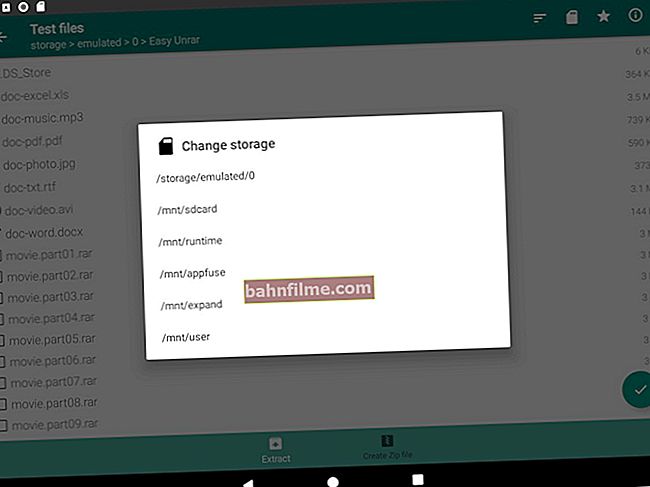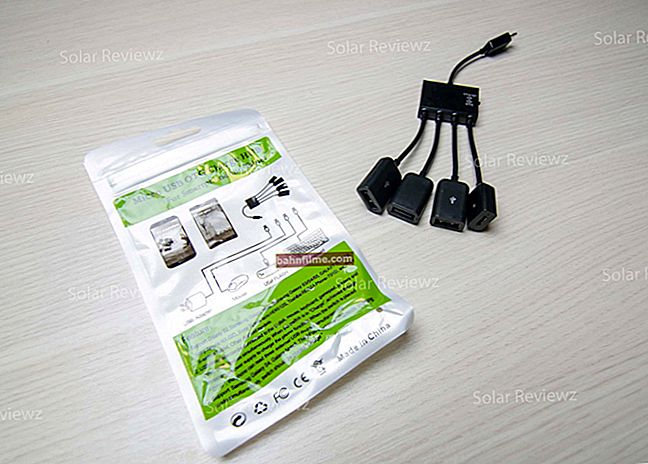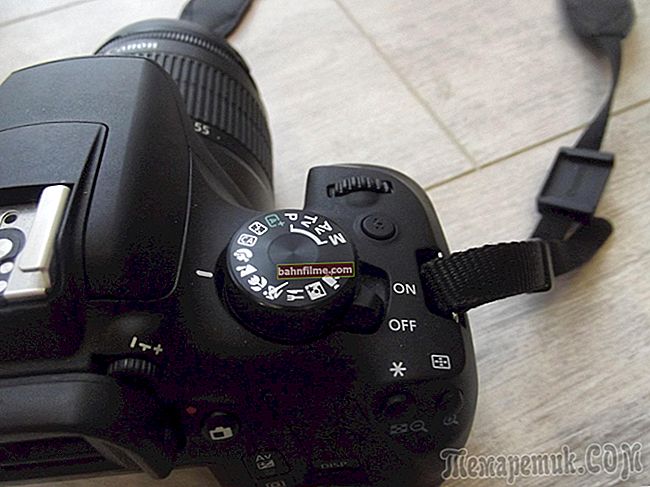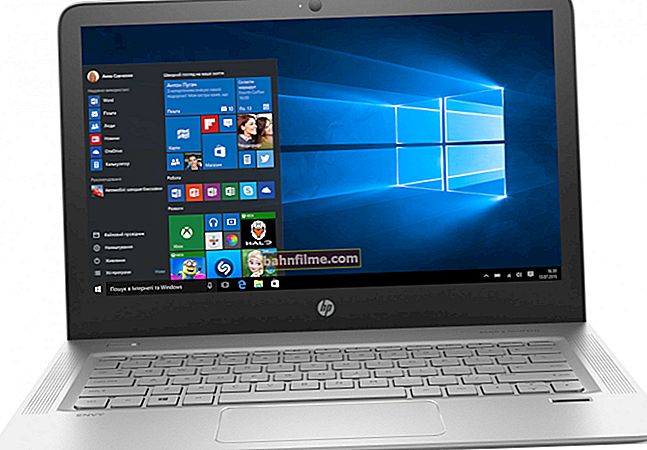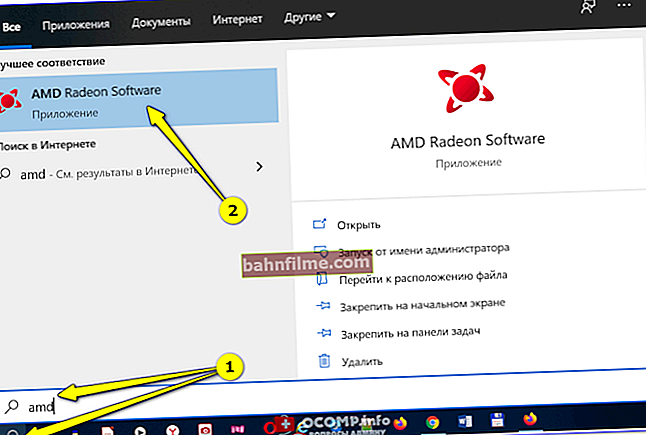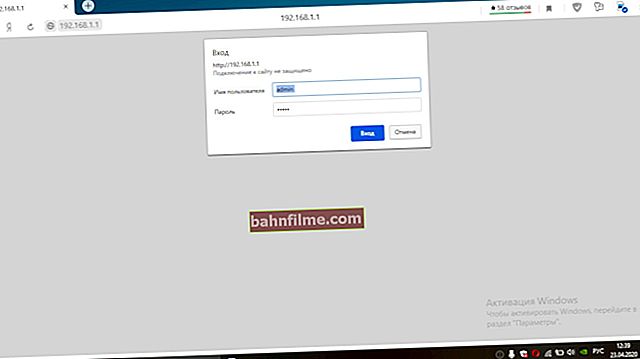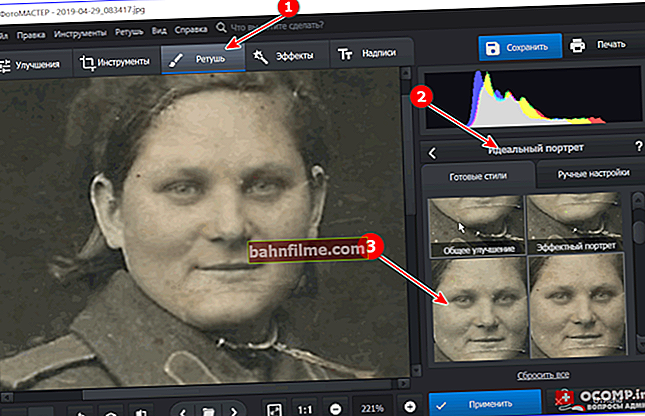 Good day!
Good day!
Recently, there have been a lot of questions with the BIOS regarding the brand of Lenovo laptops. The fact is that on laptops of this brand (on some models) there is a rather non-standard input to the BIOS (because of this, sometimes even those users who have this is not the first laptop fall into a stupor)  ).
).
In general, you may need to change BIOS settings for a variety of reasons. For example, if you need to install Windows, to get information about the hard drive, the serial number of the laptop, turn on / off a device (say, a sound card or function buttons).
In this article, I will consider several possible options for entering the BIOS on laptops of this brand. I think the article will be useful to all users who have encountered this problem ...
*
BIOS Login Methods [Lenovo]
1) Standard hotkeys for login
On the vast majority of laptops of this brand - the button should act F2 or F1 (you need to press immediately after turning on the laptop. Model range: ThinkPad, IdeaPad, 3000 Series, ThinkCentre, ThinkStation).
On some models - may require pressing a combination of buttons Fn + F2 (e.g. in the G50).
Addition... The F12 key (Fn + F12 - enter the Boot Menu) is very rare - to enter the BIOS (model Lenovo b590). I also recommend trying it.

Fn + F2 - Lenovo laptop keyboard
If you can't enter in this way, read the following recommendations.
Note. This article will tell you more about the classic BIOS entry here: //ocomp.info/kak-voyti-v-bios.html#__BIOS
2) Dedicated recovery button "with an arrow"
Some Lenovo notebook models have special buttons on the device to enter the BIOS. For example, we are talking about these: g505, v580c, b50, b560, g50, g500, g505s, g570, g570e, g580, g700, z500, z580, Z50, B70 and others.
When turned on, they may not react at all to your pressing of the F2 buttons. To enter the BIOS, in this case, you need to use a special button Recovery (arrow) ... You need to press it instead of the power button (i.e. when the laptop is turned off).
The button is located Recovery on the body of the device, next to the power button (on some models, this button is on the side).

Lenovo G700 - button to enter device settings (including BIOS)

Lenovo B70 - BIOS entry button next to the power input. It is most convenient to press with a pencil or pen
After you click on this button "with an arrow" - the laptop will turn on and you will see a small service menu (usually consists of several items): Normal startup (normal boot), Bios Setup (BIOS settings), Boot Menu (boot menu, for example, to boot from a USB flash drive without changing the download queue), etc.

Button Menu // Lenovo
After your choice Bios Setup - you will go to the most common BIOS settings (as in other laptops) and you will be able to set the necessary parameters.
3) ThinkVantage button
If you have a blue ThinkVantage button on the device - you need to press it right after turning on the laptop - while the greeting is still on and the brand of the device manufacturer is displayed (see photo below).

ThinkVantage button
Next, you will see a menu of several items, among which there will be an entry into the BIOS - the F1 button (see arrow-1 in the screenshot below).

Lenovo Model SL510 - Logging in with ThinkVoltage
4) Hole instead of recovery button and ThinkVantage ...
A number of Lenovo laptop models do not have any buttons at all, but there is a small hole on the side of the device (usually where power is connected).
For example, a Lenovo 100 laptop does not have a recovery button (which is with an arrow) at all. There is a small hole (there is an arrow next to the hole). The button itself is located in this hole, to press it - you need to use, for example, a paper clip or a knitting needle.

Lenovo 100 - BIOS entry hole
Manufacturers, apparently, are trying to exclude accidental button presses - all the same, the vast majority of users have to enter BIOS very rarely.
About some glitches ...
1) Some laptop models do not allow entering the BIOS if it is running on battery power. I can't say that this is a 100% glitch - but the setting is very controversial.To check for sure - connect the device to the network and try to enter the BIOS using the methods described above.
2) The Lenovo v580c model sometimes has a very unpleasant glitch: if you cleaned the disk and installed a new Windows, the BIOS entry buttons will stop working for you.
To enter the BIOS again (instructions for advanced users!) - turn off the laptop, then unplug it, remove the battery. Next, remove the cover and take out the small battery from the mat. boards. After 5-10 minutes, assemble the device.
When enabled, the BIOS will be loaded automatically to set the basic parameters. You need to open the "Startup" tab: in the item with the "UEFI / Legacy boot" setting there are three parameters (Both, UEFI Only, Legacy Only) - you need to select "Both". In the item "UEFI / Legacy Boot Priority", you need to set "Legacy". Next, save the settings and restart the laptop. Everything should work as expected.
*
Additions on the topic are welcome ...
That's all, good luck!


